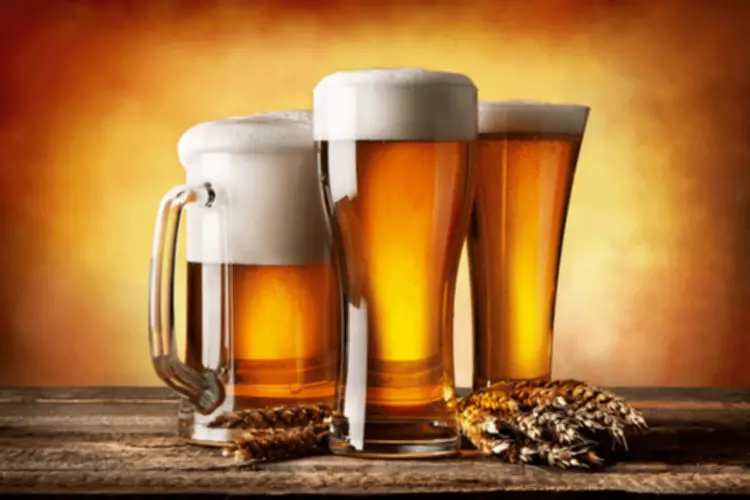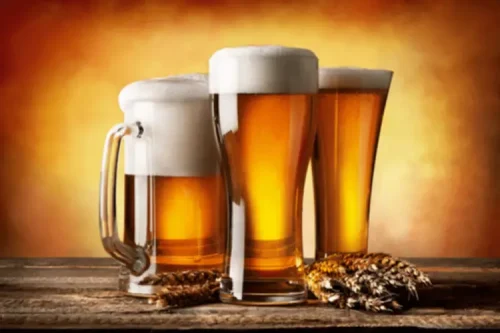
Researchers blame this kind of heavy drinking for more than half of the roughly 88,000 alcohol-related deaths — from car crashes, alcohol poisoning, suicide, and violence — that happen every year. It can be challenging (but also helpful) to talk openly about your concerns about binge drinking with trusted friends and family. These people can support you when you say no to an extra drink or ask to hang out in a different environment where you’re less likely to want a drink in hand.
Short-term Risks of Binge Drinking
In 2019, 5.3% of Americans, or a total of 14.5 million Americans, could be diagnosed with alcohol use disorder, according to the SAMHSA. 14 For many of these people, alcohol dependence slowly emerged from weekend binge drinking at university and among friends at parties. Binge drinking is very prevalent in the United States, especially among adolescents and young people. Many people who engage in binge drinking don’t know that their drinking habits are hazardous.
- In 2019, 5.3% of Americans, or a total of 14.5 million Americans, could be diagnosed with alcohol use disorder, according to the SAMHSA.
- You may have heard that drinking alcohol kills brain cells, which isn’t technically true.
- Beer is usually around 5% alcohol, so 12 ounces of beer is a standard drink.
- As your blood alcohol concentration (BAC) rises, you become increasingly impaired.
- Certain medications can make daily alcohol consumption unsafe at any level and for any individual.
What are the U.S. Dietary Guidelines on alcohol consumption?
If you have developed a mild case of an alcohol use disorder, dealing with it can be easier the sooner you get help. Mostly, these cases are temporary and don’t cause life-long problems. However, severe alcohol use disorders can be problematic for your whole life. While the progression of the disease varies among individuals, most people go through similar stages.

How to have a healthier relationship with alcohol

Knowing what counts as a heavy drinking day—4 or more drinks for women and 5 or more for men—can be clinically useful in two ways. Heavy drinking thresholds for women are lower because after consumption, alcohol distributes itself evenly in body water, and pound for pound, women have proportionally less water in their bodies than men do. This means that after a woman and a man of the same weight drink the same amount of alcohol, the woman’s blood alcohol concentration (BAC) will tend to be higher, putting her at greater risk for harm. If you may have one or more risk factors for alcohol use disorder, you can take active steps to ensure you don’t develop the disease. For example, women who want to prevent alcohol use disorder should not drink over four drinks a day or eight drinks a week.
“Because the blood level of the alcohol becomes much higher with binge drinking, you’re much more exposed to the acute toxicity of alcohol,” Dr. Streem explains. But both alcoholism and binge drinking can have similar health consequences. The 2015 study results showed Americans were consuming about seven drinks during each episode of binge drinking. Drinking the same amount over several hours as well as eating food during that time will have less effect on your blood alcohol concentration (BAC). Here’s what you should know about binge drinking and the problems it poses to our long-term health.
Is It Bad to Drink Three Days in a Row?
But even if you don’t meet all the DMS criteria for alcohol use disorder, drinking could still be negatively impacting your health, relationships, binge drinking career, and other aspects of your life. Liquor like whiskey, rum, gin, vodka, and tequila is usually 40% alcohol or 80 proof. Binge drinking is the consumption of large volumes of alcohol in a short span of time.

- People who make more than $75,000 a year and are more educated are most likely to binge drink.
- Therefore, binge drinking is drinking five or more cans/bottles of beer in two hours, or four cans/bottles if you’re a woman.
- To understand what qualifies you as an alcoholic, it’s important to be familiar with the drinking limits.
Following these guidelines will reduce the potential effects that alcohol has on your health. “These numbers can vary based on the person’s metabolism, size, and weight,” he says. Smaller people, for instance, could reach the threshold with fewer drinks. Women typically reach this level after about four drinks, and men after about five drinks in two hours. In some people, it develops quickly, while in others, the progression takes over a long period. More than 8 units of alcohol in a single session for males, or more than 6 units in a single session for females is the technical definition.3 That’s equivalent to about four pints of normal strength beer for a man or three pints for a woman.

- If your alcohol use is causing trouble for you at work, at home, in social situations, or at school, it’s a problem.
- Binge drinking is when a person consumes enough alcoholic beverages during a 2-hour period to bring their blood alcohol concentration (BAC) to 0.08% or higher.
- There are several options available for people who currently binge drink.
- For example, a 2018 cross-sectional study found a strong relationship between adolescents who binge drink and developing AUD.
- Heavy drinking is believed to cost the U.S. economy more than $200 billion a year in lost productivity, health costs, and property damage.
- For men, binge drinking is consuming 25 or more ounces of wine in two hours—just around a bottle.
- That increase may be contributing to the increasing rates of alcohol-related illnesses and death.
Binge drinking isn’t necessarily an indicator that you or a loved one has alcohol use disorder (also known as alcoholism), which is a dependency on alcohol consumption. If a person feels their alcohol consumption may have become an issue in their life, they can contact a healthcare or mental health professional. It is important to note that many people who drink heavily or excessively do not have AUD or a dependence on alcohol. However, this behavior can increase the risk of developing either of these. The body begins to metabolize alcohol within seconds after ingestion and proceeds at a steady rate, regardless of how much alcohol a person drinks or of attempts to sober up with caffeine or by other means. Most of the alcohol is broken down in the liver by the enzyme alcohol dehydrogenase (ADH).
